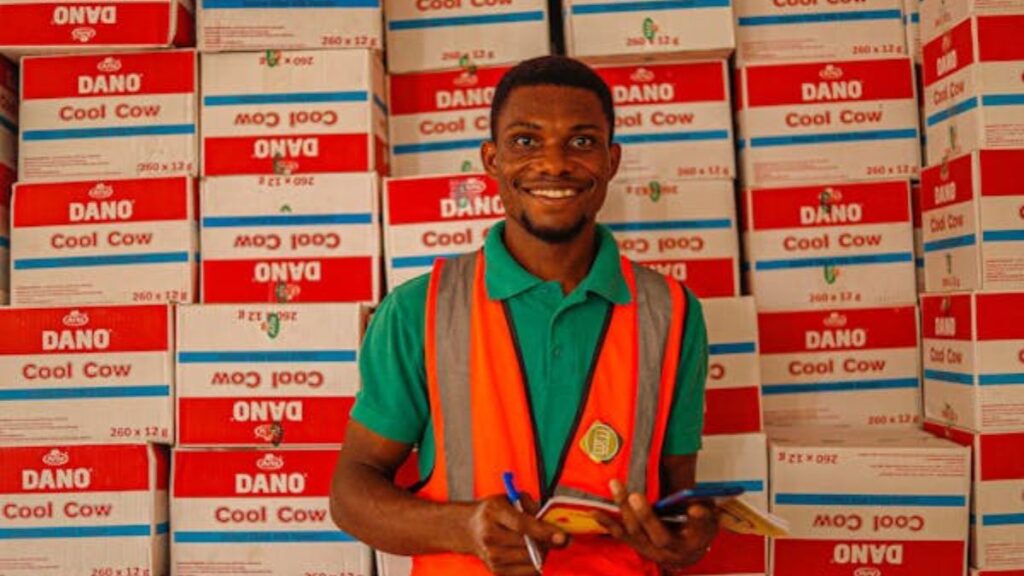In the world of shipping, temperature-controlled logistics play a critical role in ensuring that perishable goods, medicines, and other sensitive products arrive at their destination in optimal condition. The need for precise temperature regulation has grown with global trade, and companies must implement efficient systems to meet the demand for freshness and safety. This post will explore the nuances of temperature-controlled shipping, including the importance of maintaining product quality, the different types of temperature-controlled solutions available, and best practices for companies involved in shipping perishable goods.

Maintaining the Quality of Perishable Products
When shipping perishable products, such as food or pharmaceuticals, maintaining the integrity of the product is crucial. Any deviation from the recommended temperature range can result in spoilage, diminished effectiveness, or safety concerns. To ensure your shipments arrive in the best possible condition, it’s essential to implement a reliable temperature monitoring system. If you’re planning a shipment of perishable goods, reading a temperature guide for your next shipment can be beneficial in ensuring proper temperature management. This guide provides helpful insights into best practices, technology options, and shipping regulations. Understanding how temperature affects the products you’re shipping will help avoid costly mistakes and ensure quality from origin to destination.
Types of Temperature-Controlled Shipping Solutions
Temperature-controlled shipping encompasses a wide range of solutions tailored to different needs. Depending on the type of goods being transported, there are several options available. One of the most common solutions is refrigerated containers, often referred to as “reefers.” These containers provide precise climate control, maintaining the temperature of products within a specified range, from freezing to refrigerated temperatures.
In addition to refrigerated containers, passive shipping systems, such as insulated boxes or gel packs, are popular for smaller shipments. These systems do not require external power sources and rely on insulation and cooling materials to regulate temperatures during transit. Choosing the right solution depends on factors like the duration of the shipment, distance, and the specific needs of the goods.
Understanding Temperature Variations and Risk Management
Temperature variation is a critical factor when it comes to temperature-controlled shipping. Even a slight shift in temperature can cause significant damage, particularly for sensitive items like vaccines or fresh produce. Temperature fluctuations can happen at any stage of the shipment process: during loading, transport, unloading, or storage.
Risk management strategies include using real-time temperature monitoring devices, which provide visibility throughout the shipment journey. These devices help track temperature data, alerting shippers to any potential issues before the goods are compromised. In some cases, shippers can take preventive actions such as rerouting or applying emergency cooling measures. Understanding potential risks and addressing them with the right tools can prevent loss and ensure that products arrive intact and safe.
Regulations and Compliance in Temperature-Controlled Shipping
Temperature-controlled shipping is governed by a set of industry standards and regulations that companies must adhere to in order to ensure the safe and compliant transport of temperature-sensitive products. The Food and Drug Administration (FDA), for example, has strict guidelines for the transport of pharmaceutical products, while the World Health Organization (WHO) sets standards for vaccine transportation.
Shipping companies must remain aware of the various regulations that apply to different types of goods, and they must comply with them to avoid penalties. For international shipments, these regulations can vary between countries, adding another layer of complexity. Staying updated on the latest regulatory changes is critical to avoiding delays or legal issues during the shipping process.
Best Practices for Temperature-Controlled Shipments
When shipping temperature-sensitive goods, several best practices can help reduce the risk of issues during transit. One of the most important practices is proper packaging. Choosing high-quality insulation materials and making sure that the products are securely packed will minimize temperature fluctuations and prevent damage. It’s essential to use packaging that is suitable for the duration of the shipment and to consider factors such as humidity, air exposure, and the product’s specific temperature needs.
Another best practice is selecting reliable carriers with experience in handling temperature-controlled goods. Carriers should be familiar with the necessary equipment, have access to appropriate vehicles, and be able to manage logistics effectively. Coordination between the shipper, carrier, and receiving party is crucial in ensuring the product maintains its required temperature throughout the journey.
The Future of Temperature-Controlled Shipping

With advances in technology, the future of temperature-controlled shipping looks promising. Innovations such as IoT sensors, which provide real-time tracking and monitoring of conditions, are expected to become more commonplace in the coming years. These sensors can automatically adjust temperature settings or notify stakeholders if conditions deviate from the desired parameters. Additionally, automated systems for inventory management and tracking are becoming more sophisticated, further streamlining the process.
Another key trend is the shift towards sustainability in temperature-controlled shipping. Companies are increasingly seeking ways to reduce energy consumption and minimize waste during the transportation of temperature-sensitive goods. From the use of more energy-efficient cooling systems to eco-friendly packaging materials, sustainability is playing a larger role in shaping the future of the industry.
Temperature-controlled shipping is an essential aspect of global trade, particularly for perishable goods, pharmaceuticals, and other sensitive products. As technology continues to advance, the shipping industry will likely see further improvements in efficiency, safety, and sustainability, making temperature-controlled shipping more reliable and cost-effective.







